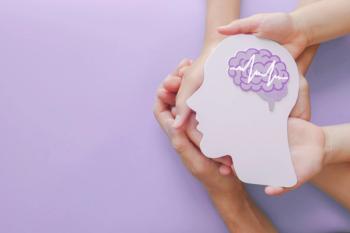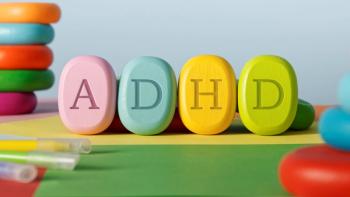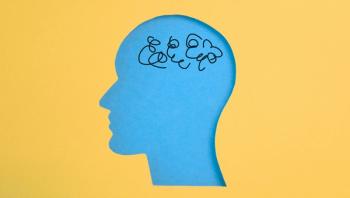
|Slideshows|February 21, 2019
7 Evidence-Based Insights About ADHD
Author(s)Marilyn Griffin, MD
This collection summarizes ADHD as it relates to bipolar disorder and borderline personality disorders; culturally competent care for the African-American population; issues with sleep disorders; and more.
Advertisement
Newsletter
Receive trusted psychiatric news, expert analysis, and clinical insights — subscribe today to support your practice and your patients.
Advertisement
Latest CME
Advertisement
Advertisement
Trending on Psychiatric Times
1
Competence and Compassion in the Reiner Family Tragedy
2
Religion and Spirituality in Psychiatry and Mental Health: Clinical Considerations
3
Dronabinol for Agitation in Autism Spectrum Disorder: Research From the National Update on Behavioral Emergencies Conference
4
FDA Recommends Additional Phase 3 Trial for Brilaroxazine for Schizophrenia
5













